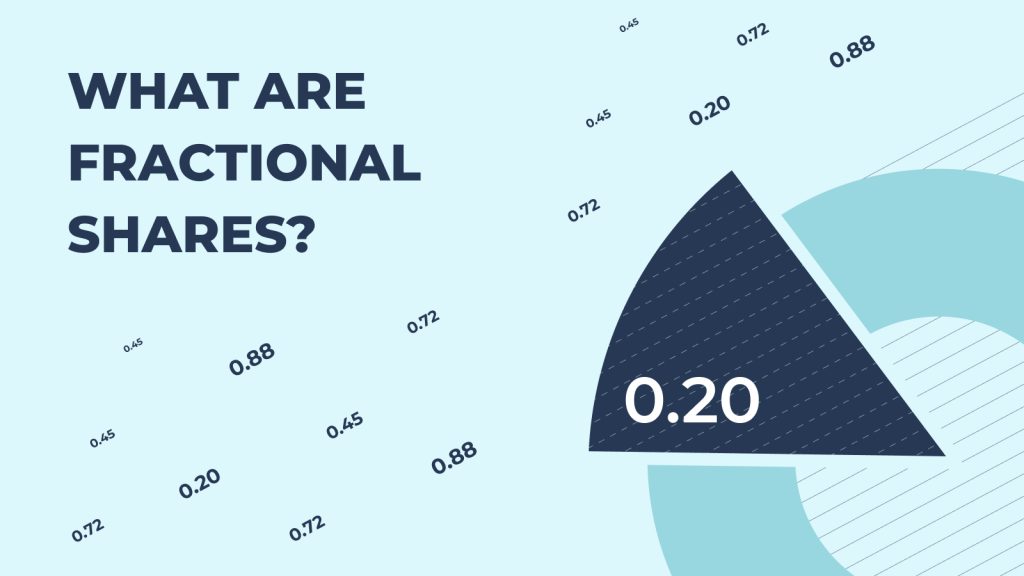In a recent report by the Institute of International Finance (IIF), global debt has skyrocketed to a staggering $307 trillion in the first half of 2023, marking a significant $10 trillion increase. This surge is attributed to a high-interest rate environment, representing a $100 trillion jump from a decade ago.
Debt-to-GDP Ratio on the Rise
The global debt-to-GDP ratio now stands at approximately 336%, up from 334% in the fourth quarter of 2022. After seven consecutive quarters of decline, this ratio has resumed its upward trend in the first half of 2023. The primary drivers behind this surge are rising inflation levels, accompanied by increased borrowing costs and stricter lending standards worldwide.
Debt Build-Up Across Markets
Mature markets, including the U.S., the U.K., Japan, and France, accounted for over 80% of the debt accumulation in the first half of the year. Meanwhile, emerging markets such as China, India, and Brazil experienced substantial debt increases.
Concerns in Emerging Markets
Emerging markets face a growing concern as domestic government debt levels reach “alarming levels.” The IIF emphasizes that the current global financial structure may not be adequately equipped to manage this situation. The report suggests implementing a market-based framework to address unsustainable domestic debt levels, potentially supporting development finance initiatives, including climate finance.
Consumer Debt in Mature Markets
Despite the global debt surge, consumer debt in mature markets remains largely manageable. In the first half of 2023, the household debt ratio in these markets reached its lowest point in two decades. This offers room for central banks to consider further tightening if inflation remains high, providing a cushion against additional rate hikes.
This report arrives ahead of the Federal Reserve’s impending interest rate decision, indicating the importance of monitoring global debt trends in the current economic landscape.
Also read: Dubai Billionaire Finds the Secret to Health, Youth, and Age Reversal


















